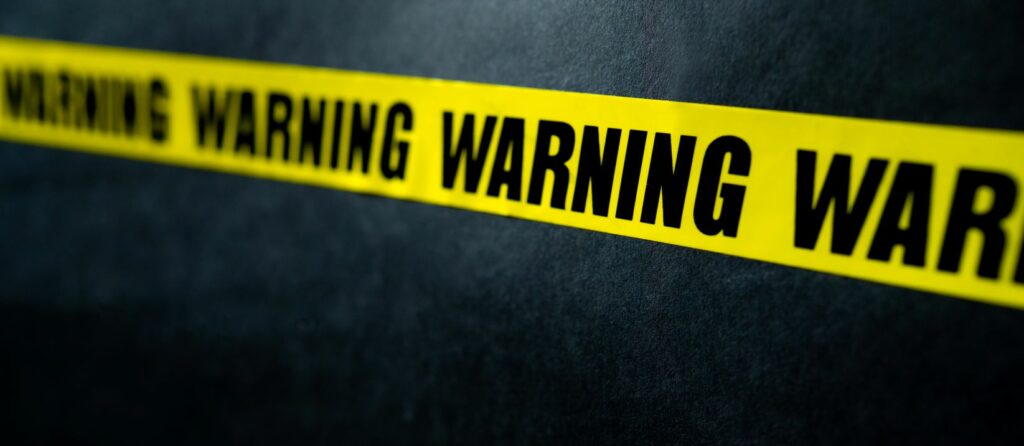Introduction
In a world where emergencies can occur at any moment, being equipped with the skills and understanding to respond efficiently is crucial. Whether it's a minor injury or a lethal circumstance, recognizing first aid can make all the distinction. This detailed guide, "Understanding Emergency Situation Reaction: The Ultimate First Aid Program Guide," intends to supply insights into numerous aspects of first aid training, including CPR strategies, mental wellness first aid, and the importance of getting a first aid certification.
So, are you prepared to study this crucial expertise? Allow's discover the globe of emergency response and discover just how to come to be skilled in first aid.
Understanding First Aid: What Is It?
First aid refers to the instant treatment provided to someone experiencing a medical emergency. This might be anything from providing CPR (cardiopulmonary resuscitation) to dealing with minor cuts and bruises. The objective of first aid is not only to stabilize the person's condition till professional clinical assistance gets here yet likewise to stop further harm.
The Importance of First Aid Training
Why should everyone undergo first aid training? Well, consider this: accidents take place everyday-- in the house, in public areas, and even at offices. By understanding first aid abilities, you encourage yourself and those around you.
- Quick Reaction: Knowing what to do in an emergency enables quicker responses. Confidence Structure: Educating boosts your self-confidence when faced with medical emergencies. Preventing Problems: Efficient first aid can avoid problems from worsening.
Types of First Aid Gushes Available
There are different types of courses available:

- Basic First Aid Course: Covers fundamental skills needed for day-to-day situations. Advanced First Aid Course: Offers more complex techniques appropriate for professionals. CPR and AED Training: Focuses on heart emergencies and defibrillator use. Mental Health First Aid Training course: Addresses emotional crises.
DRSABCD: The Vital Structure for Responding
One of the most recognized frameworks for offering first aid is DRSABCD. Each letter represents a vital step in reacting effectively.
D - Danger
Before assisting anybody, check your surroundings for any type of potential risks that might likewise put you at risk.
R - Response
Check if the person is responsive by gently drinking their shoulders and asking if they're okay.
S - Send for Help
If the person is less competent or requires immediate assistance, telephone call emergency services immediately.
A - Airway
Ensure that the person's respiratory tract is clear. If needed, place them correctly or perform rescue breaths if trained to do so.
B - Breathing
Check if they are taking a breath usually. If not, start CPR immediately.
C - Circulation
Look for signs of circulation such as motion or coughing. If lacking, proceed with CPR up until help arrives.
D - Defibrillation
If offered, use an AED (Automated External Defibrillator) immediately if they stay less competent after workplace safety first aid for corporations CPR.
CPR: A Lifesaving Skill
CPR-- or Cardiopulmonary Resuscitation-- is one of one of the most crucial abilities found out in any type of first aid program. It's developed to keep blood flow and oxygenation up until sophisticated treatment can be provided.
The Steps of CPR
Check responsiveness by touching on their shoulder. Call emergency situation solutions while assessing breathing. Begin breast compressions at a rate of 100-120 per minute. After every 30 compressions, give two rescue breaths if trained. Continue up until specialist help arrives or you see indicators of life.Common Misconceptions About CPR
Many misconceptions surround CPR; here are some explanations:
- You can not hurt somebody through chest compressions; it's much better than doing nothing. Rescue breaths aren't always essential; hands-only CPR can be effective in specific situations.
Obtaining Your First Aid Certificate
Completing a qualified program not just equips you with important abilities yet also provides official acknowledgment of your competency in first aid practices.
How Long Does a First Aid Certificate Last?
Typically, a first aid certification remains legitimate for three years; however, refresher courses might be advised a lot more often based on workplace policies or individual preference.
Where Can I Locate First Aid Courses Near Me?
Finding a credible course frequently includes browsing on-line systems or visiting local recreation center providing training sessions customized to your demands-- like "first aid program near me" searches!
Mental Wellness First Aid: Addressing Emotional Needs
While physical injuries often take priority throughout emergencies, mental wellness situations demand equal focus. Mental health first aid focuses on identifying signs like anxiety attacks or serious clinical depression and knowing how to react appropriately.
Overview of Mental Health and wellness First Aid Training
Courses cover different topics:
- Understanding psychological wellness issues Communication strategies Crisis intervention techniques
These skills can notably boost work environment safety and security and individual communications by cultivating encouraging environments.
First Aid Devices Essentials
Having proper devices enhances your ability to respond successfully during emergency situations. Right here's an introduction:
|Tools|Function|| -------------------|-------------------------------------------|| Adhesive Bandages|For small cuts and abrasions|| Disinfectant Wipes|To tidy injuries before clothing|| Gauze Pads|For bigger injuries needing absorption|| Non reusable Gloves|To protect both -responder and client|| Scissors|Useful for reducing garments or plasters|
Make certain that your regional laws affect what devices ought to be consisted of in workplace kits!
Manual Handling Methods in First Aid
When handling injuries calling for patient transportation or movement help, hand-operated handling methods become crucial parts in minimizing additional injury dangers-- both yours and theirs!
Safe Raising Techniques
To lift safely:
Bend at your knees-- not your back. Keep your back right while raising utilizing leg strength. Avoid turning during lifts; reposition feet instead.These methods lessen injury risks for both -responders and people alike!

FAQs about First Aid Certification
1. What does "CPR" stand for?
Cardiopulmonary Resuscitation is an emergency situation procedure executed when somebody's heart quits defeating properly or when they stop breathing entirely.
2. The length of time does it take to finish a typical first aid course?
A lot of fundamental training courses last in between 8-- 12 hours topped one or two days depending on course size and style (in-person/online).
3. Are there totally free online first-aid training courses available?
Yes! Numerous companies use free resources online that cover standard principles without certification options attached-- ideal for general knowledge enhancement!
4. Can I combine my CPR training with my regular first-aid certification?

5. Exactly how often need to I refresh my certification?
It's a good idea every 3 years unless or else defined by work-related policies within specific markets where regular updates could show useful due advancing practices!
6. Where do I locate trustworthy service providers using these courses?
Websites like Red Cross Australia attribute substantial listings enabling possible pupils access information regarding neighborhood offerings based on place inquiries such as "first-aid program Brisbane" or "first-aid training Sydney NSW".
Conclusion
Mastering emergency feedback through reliable training isn't simply important-- it's vital! With detailed understanding obtained from training courses covering subjects like DRSABCD concepts along with functional applications such as CPR methods combined along with psychological health techniques guarantees readiness every single time an incident occurs!
Remember that education and learning does not finish upon getting your certificate; remaining upgraded via refresher courses maintains those lifesaving skills sharp while making sure preparedness against whatever difficulties come our way! So go ahead-- take charge today by signing up right into "Learning Emergency Response: The Ultimate First Aid Course Guide"! Your future self will certainly thank you greatly when faced with unexpected circumstances calling for instant action!